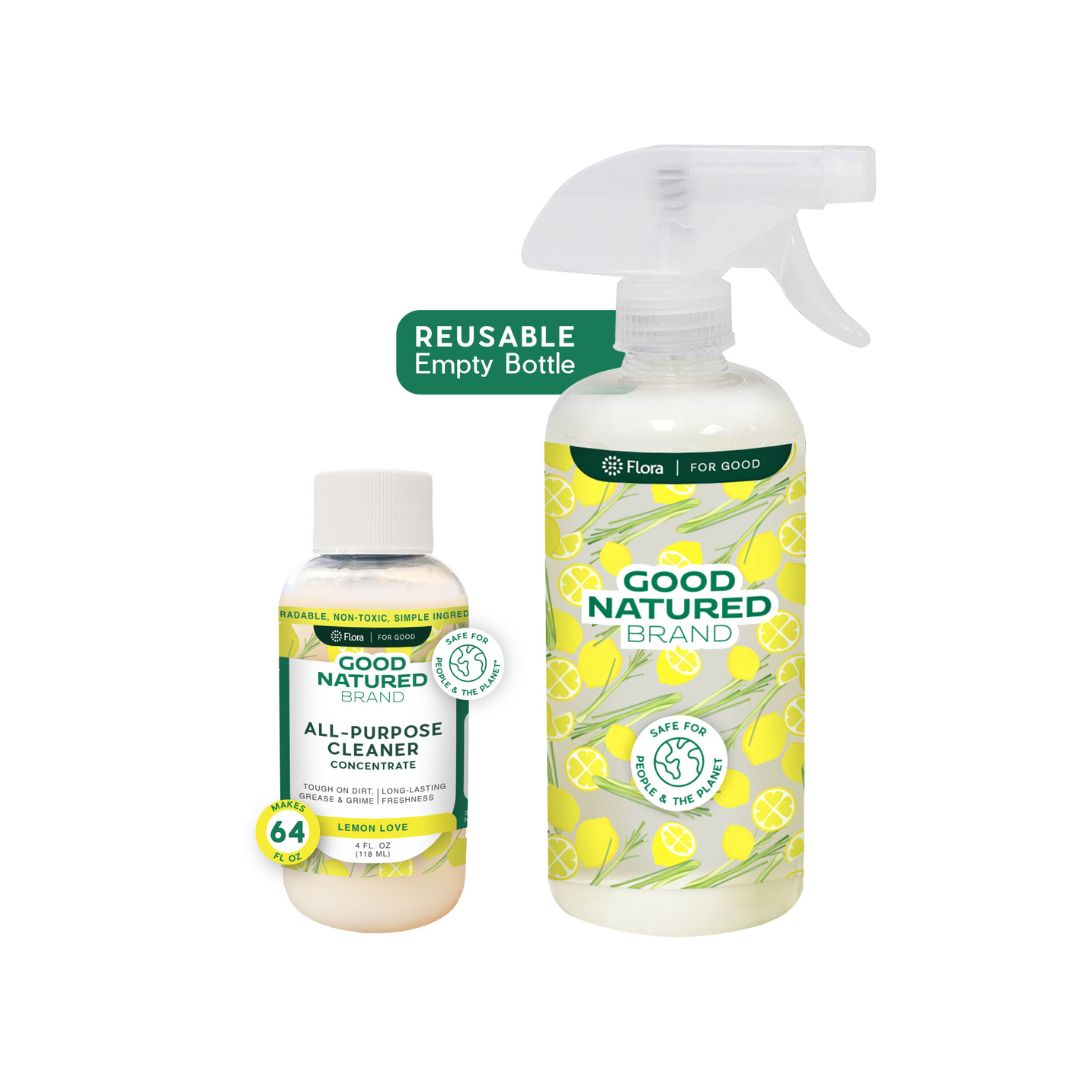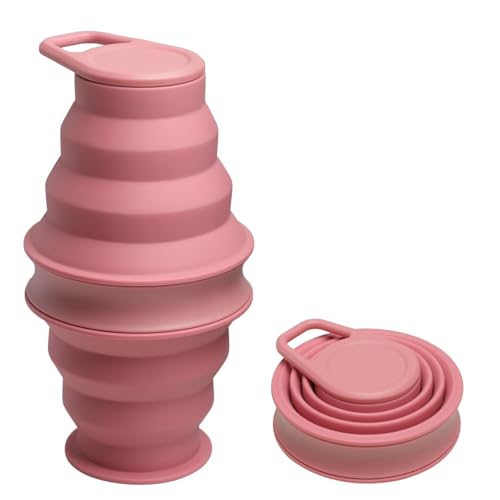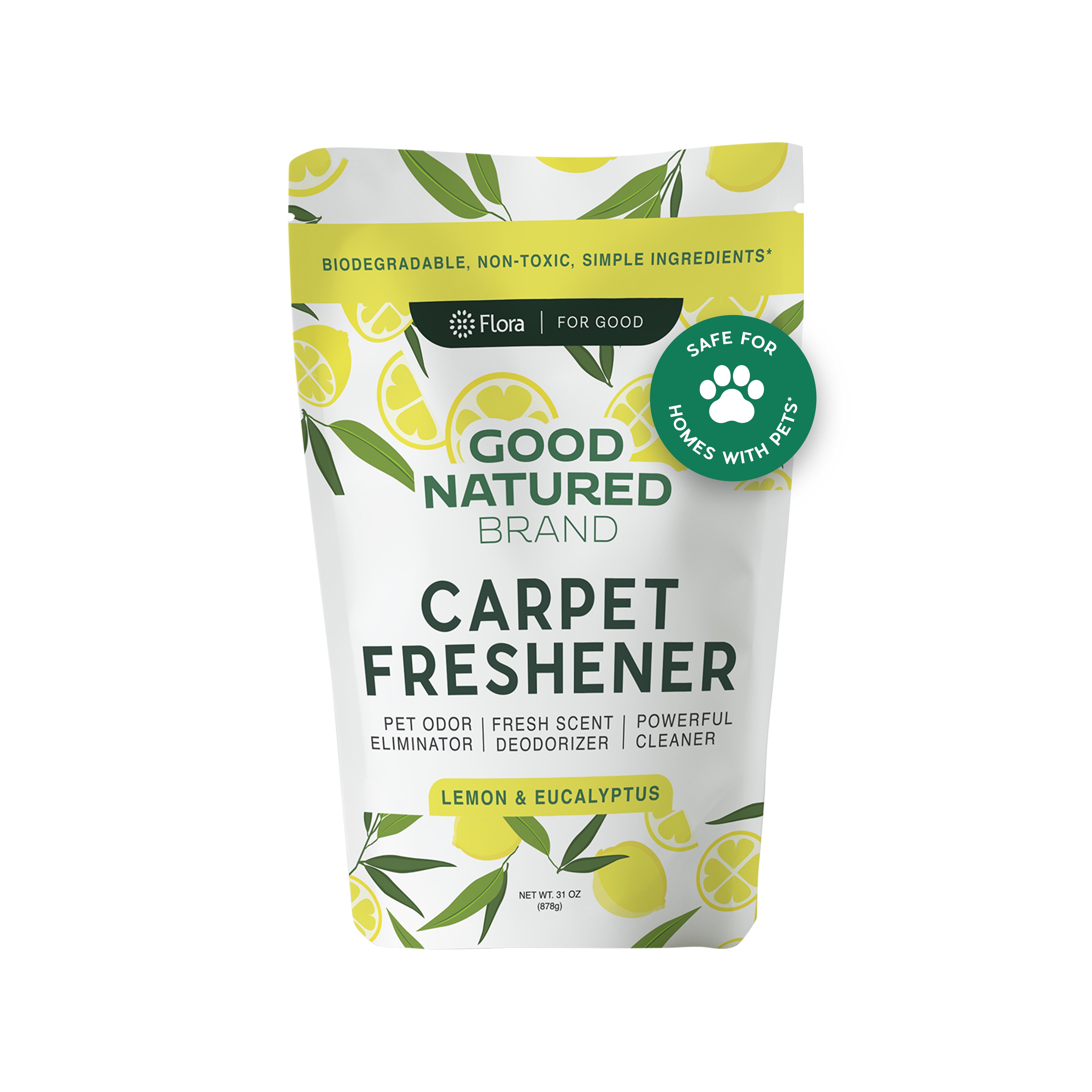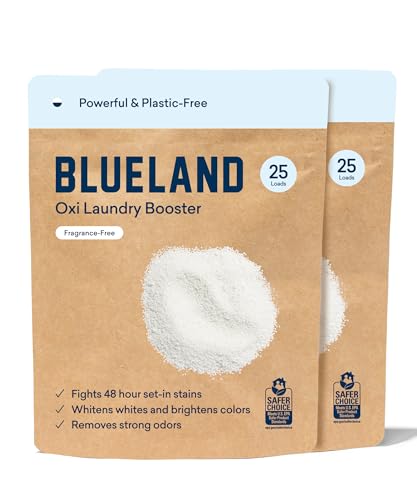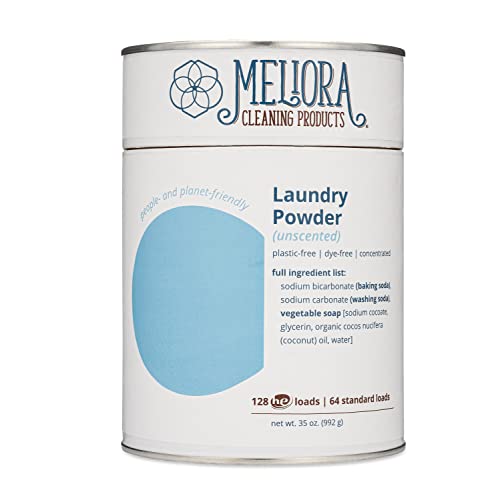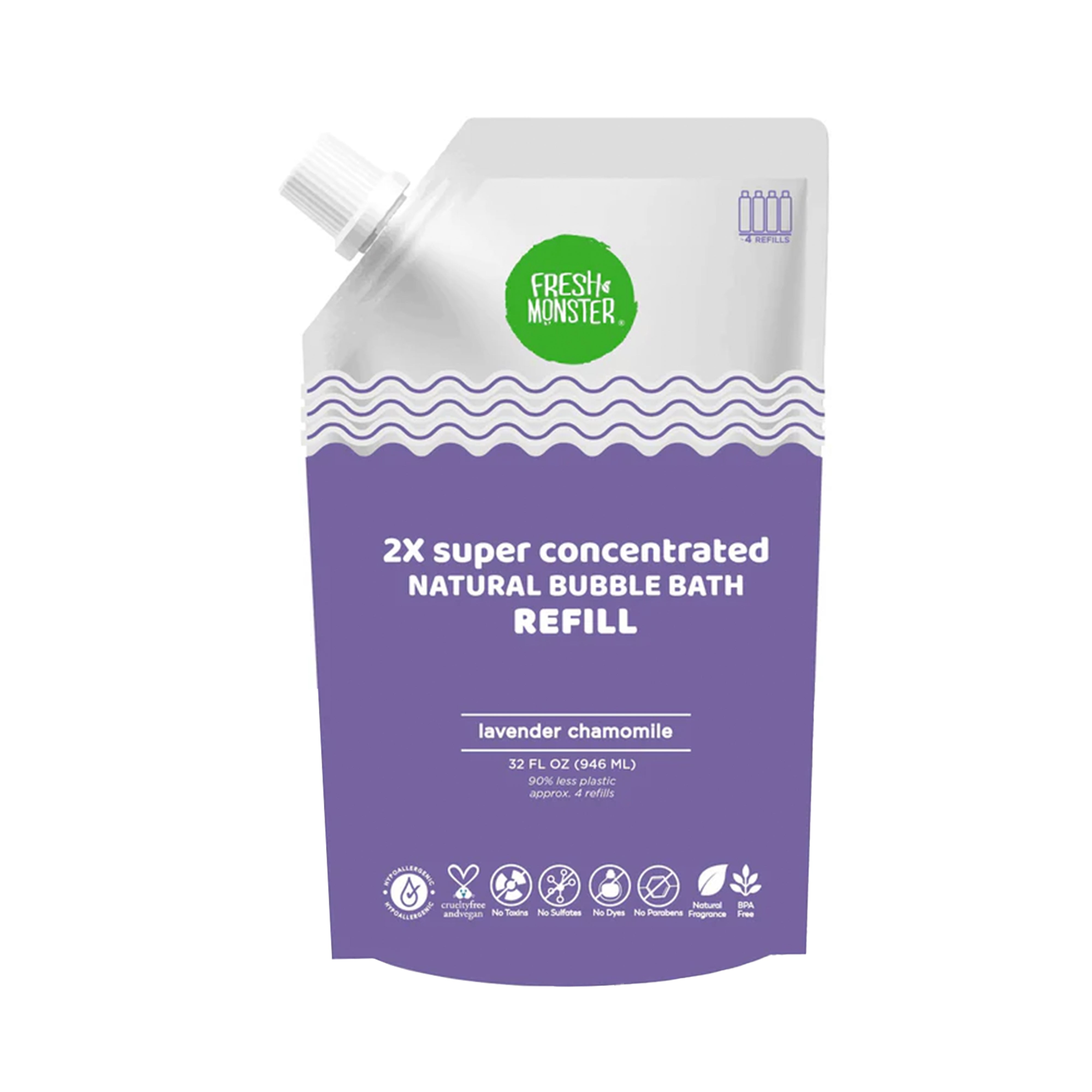
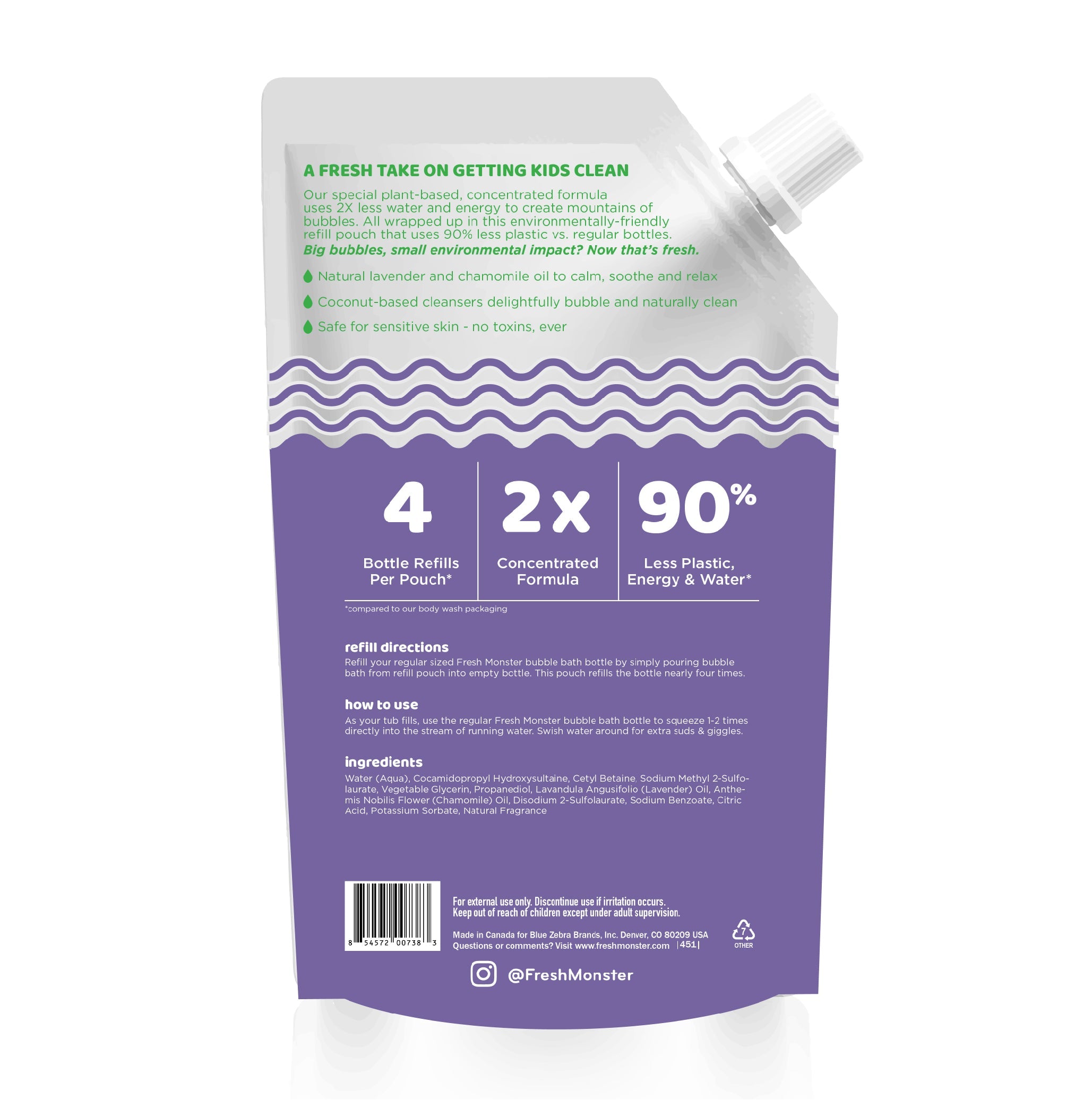
Fresh Monster Kids Bubble Bath - Hypoallergenic, Calming Lavender, 2X Concentrated - 30oz Refill


Sodium Benzoate
Medium RiskSodium benzoate is a preservative commonly used in food and cosmetic products to prevent microbial growth and extend shelf life. It is derived from benzoic acid and is effective at low concentrations, often used in acidic environments like beverages and condiments.
Sustai Insights
Sodium benzoate serves effectively as a preservative, contributing to product stability and safety. It is generally recognized as safe with low concerns for carcinogenicity, allergies, and reproductive toxicity, though it faces moderate use restrictions in some regions. Environmental risks include its potential as a pollutant, but it does not bioaccumulate significantly. Regulatory bodies have issued advisories regarding its concentration in products. Overall, the risk level is assessed as medium, with safe usage practices recommended. Alternatives such as potassium sorbate may provide similar benefits with potentially lower restrictions.
Potassium Sorbate
Medium RiskPotassium sorbate is a potassium salt of sorbic acid, primarily used as a preservative in food and cosmetic products. It inhibits the growth of molds, yeast, and some bacteria, extending the shelf life of products. It is commonly found in various formulations due to its effectiveness and low toxicity.
Sustai Insights
Potassium sorbate serves as an effective preservative, preventing microbial growth in food and cosmetic products, which is vital for safety and longevity. Although it has a low risk of carcinogenicity and developmental toxicity, there is a moderate concern regarding allergies and immunotoxicity. Environmentally, it poses minimal risks as it is not significantly bioaccumulative. Regulatory agencies have verified its use, although some products may face restrictions. Overall, it is assessed as a medium risk ingredient, with safe usage practices recommended, and alternatives such as natural preservatives could be considered.
Citric Acid
Medium RiskCitric acid is an alpha hydroxy acid used in personal care products primarily for its role as a pH adjuster and natural preservative. It occurs naturally in citrus fruits and is commonly utilized in various formulations for its chelating properties and mild exfoliation benefits.
Sustai Insights
Citric acid offers functional benefits as an effective preservative and pH stabilizer, contributing to product longevity and stability. It is biodegradable and derived from renewable sources. Health risks are low, with minimal concerns regarding carcinogenicity, allergies, and reproductive toxicity. However, moderate use restrictions exist due to potential irritation at high concentrations. Environmental risks are limited, as citric acid is not known to accumulate in ecosystems. Regulatory agencies have no significant advisories against its use. Overall, it is assessed as a medium-risk ingredient, with safe usage practices recommended and alternatives available.
Cocamidopropyl Hydroxysultaine
Low RiskCocamidopropyl hydroxysultaine is a synthetic skin and hair conditioning agent commonly used in personal care products. It functions primarily as a surfactant, providing foaming and emulsifying properties, while also contributing to the conditioning of hair and skin.
Sustai Insights
Cocamidopropyl hydroxysultaine offers functional benefits as a mild surfactant and conditioning agent, with low concerns regarding carcinogenicity, allergies, and reproductive toxicity. It is generally regarded as safe with low irritation potential. Environmental assessments indicate low pollutant potential and minimal bioaccumulation. Regulatory bodies have not imposed significant restrictions on its use, aligning with low risk levels overall. Safe usage is advised, particularly for sensitive populations, and alternative gentle surfactants may be considered for those seeking greener options. In conclusion, this ingredient is classified as low risk.
Propanediol
Low RiskPropanediol is a glycol compound commonly used in cosmetic and personal care products as a solvent, humectant, and skin-conditioning agent. It serves to enhance the texture and moisture retention of formulations, contributing to overall product efficacy.
Sustai Insights
Propanediol offers functional benefits such as effective moisture retention and improved product application. It is considered low-risk in terms of health concerns, with minimal associations with carcinogenicity, allergies, or reproductive toxicity. Environmentally, it has low pollutant potential and is not bioaccumulative. Regulatory bodies have not placed restrictions on its use. Despite concerns regarding enhanced skin absorption and potential endocrine disruption, the overall assessment indicates low risk. Safe usage practices should be followed, and alternatives like glycerin or other plant-based humectants can be considered.
Disodium 2 Sulfolaurate
Low RiskDisodium 2 sulfolaurate is a surfactant and emulsifying agent commonly used in personal care products. It functions primarily to help cleanse, foaming, and stabilize formulations, enhancing the overall texture and performance of the product.
Sustai Insights
Disodium 2 sulfolaurate offers functional benefits as an effective surfactant, improving product stability and user experience. It is considered to have low health risks, with no significant concerns regarding carcinogenicity, allergenic potential, or reproductive toxicity. Environmental risks are minimal, with no evidence of bioaccumulation or significant pollution. Regulatory assessments indicate no current restrictions, affirming its safe use. Overall, the risk level is low, making it a suitable ingredient in formulated products.
Lavandula Angustifolia (Lavender) Flower Oil
Low RiskLavandula angustifolia (lavender) flower oil is an essential oil derived from the flowers of the lavender plant. It is commonly used in personal care products for its aromatic properties and is known for its potential soothing effects in formulations.
Sustai Insights
Lavender oil provides functional benefits such as fragrance enhancement and potential calming effects, contributing to user experience in various personal care products. It is sustainably sourced and has low toxicity levels. Health risks associated with lavender oil are minimal, with low concerns for carcinogenicity, allergies, and reproductive toxicity. Environmental risks are also low, with no significant pollutant concerns. Regulatory assessments indicate no current restrictions, affirming its safety for use. Overall, the ingredient is considered low risk, making it a favorable choice in formulations.
Sodium Methyl 2 Sulfolaurate
Low RiskSodium methyl 2 sulfolaurate is a surfactant primarily used in personal care and cleaning products. It functions to reduce surface tension, enabling better spreading and cleaning properties. This ingredient is typically derived from renewable resources and is noted for its mild nature in formulations.
Sustai Insights
Sodium methyl 2 sulfolaurate offers functional benefits as an effective surfactant, contributing to the cleaning efficacy of products while being derived from renewable sources, which supports sustainability. Health risks are considered low, with no significant concerns regarding carcinogenicity, allergies, or reproductive toxicity. Environmental risks are also low, as it does not bioaccumulate or contribute significantly to pollution. Regulatory bodies do not impose restrictions on its use. Overall, this ingredient presents a low-risk profile, with no notable adverse effects, making it a viable option in formulations.
Cetyl Betaine
Low RiskCetyl betaine is a zwitterionic surfactant commonly used in personal care products to enhance foaming and emulsification. It is derived from coconut oil and functions effectively in both acidic and alkaline environments, making it versatile for a variety of formulations.
Sustai Insights
Cetyl betaine offers functional benefits as a mild surfactant, providing effective cleansing and foaming properties. It is biodegradable and derived from renewable sources, contributing to its sustainability credentials. Health risks are low, with minimal concerns regarding irritation and no significant allergenic potential. Environmental risks are also low, with no evidence of bioaccumulation or significant pollutant potential. Regulatory assessments indicate no major restrictions. Overall, cetyl betaine presents a low risk profile, making it a suitable ingredient in personal care formulations.
Water
Low RiskWater is a clear, colorless liquid essential for various biological processes. It serves as a solvent in formulations, facilitating the dissolution of other ingredients and enhancing product texture and application. Additionally, water plays a crucial role in hydration and is a key component in many cosmetic and personal care products.
Sustai Insights
Water is an effective solvent and hydrator, contributing to the texture and efficacy of formulations. It is biodegradable and generally regarded as safe, with low concerns regarding carcinogenicity, allergies, and reproductive toxicity. However, excessive water usage can lead to environmental concerns, particularly regarding resource depletion. Regulatory bodies do not impose restrictions on water use in cosmetics. Overall, the risks associated with water are low, making it a safe and essential ingredient.
Sodium Benzoate
Medium RiskSodium benzoate is a preservative commonly used in food and cosmetic products to prevent microbial growth and extend shelf life. It is derived from benzoic acid and is effective at low concentrations, often used in acidic environments like beverages and condiments.
Sustai Insights
Sodium benzoate serves effectively as a preservative, contributing to product stability and safety. It is generally recognized as safe with low concerns for carcinogenicity, allergies, and reproductive toxicity, though it faces moderate use restrictions in some regions. Environmental risks include its potential as a pollutant, but it does not bioaccumulate significantly. Regulatory bodies have issued advisories regarding its concentration in products. Overall, the risk level is assessed as medium, with safe usage practices recommended. Alternatives such as potassium sorbate may provide similar benefits with potentially lower restrictions.
Potassium Sorbate
Medium RiskPotassium sorbate is a potassium salt of sorbic acid, primarily used as a preservative in food and cosmetic products. It inhibits the growth of molds, yeast, and some bacteria, extending the shelf life of products. It is commonly found in various formulations due to its effectiveness and low toxicity.
Sustai Insights
Potassium sorbate serves as an effective preservative, preventing microbial growth in food and cosmetic products, which is vital for safety and longevity. Although it has a low risk of carcinogenicity and developmental toxicity, there is a moderate concern regarding allergies and immunotoxicity. Environmentally, it poses minimal risks as it is not significantly bioaccumulative. Regulatory agencies have verified its use, although some products may face restrictions. Overall, it is assessed as a medium risk ingredient, with safe usage practices recommended, and alternatives such as natural preservatives could be considered.
Cocamidopropyl Hydroxysultaine
Low RiskCocamidopropyl hydroxysultaine is a synthetic skin and hair conditioning agent commonly used in personal care products. It functions primarily as a surfactant, providing foaming and emulsifying properties, while also contributing to the conditioning of hair and skin.
Sustai Insights
Cocamidopropyl hydroxysultaine offers functional benefits as a mild surfactant and conditioning agent, with low concerns regarding carcinogenicity, allergies, and reproductive toxicity. It is generally regarded as safe with low irritation potential. Environmental assessments indicate low pollutant potential and minimal bioaccumulation. Regulatory bodies have not imposed significant restrictions on its use, aligning with low risk levels overall. Safe usage is advised, particularly for sensitive populations, and alternative gentle surfactants may be considered for those seeking greener options. In conclusion, this ingredient is classified as low risk.
Propanediol
Low RiskPropanediol is a glycol compound commonly used in cosmetic and personal care products as a solvent, humectant, and skin-conditioning agent. It serves to enhance the texture and moisture retention of formulations, contributing to overall product efficacy.
Sustai Insights
Propanediol offers functional benefits such as effective moisture retention and improved product application. It is considered low-risk in terms of health concerns, with minimal associations with carcinogenicity, allergies, or reproductive toxicity. Environmentally, it has low pollutant potential and is not bioaccumulative. Regulatory bodies have not placed restrictions on its use. Despite concerns regarding enhanced skin absorption and potential endocrine disruption, the overall assessment indicates low risk. Safe usage practices should be followed, and alternatives like glycerin or other plant-based humectants can be considered.
Citric Acid
Medium RiskCitric acid is an alpha hydroxy acid used in personal care products primarily for its role as a pH adjuster and natural preservative. It occurs naturally in citrus fruits and is commonly utilized in various formulations for its chelating properties and mild exfoliation benefits.
Sustai Insights
Citric acid offers functional benefits as an effective preservative and pH stabilizer, contributing to product longevity and stability. It is biodegradable and derived from renewable sources. Health risks are low, with minimal concerns regarding carcinogenicity, allergies, and reproductive toxicity. However, moderate use restrictions exist due to potential irritation at high concentrations. Environmental risks are limited, as citric acid is not known to accumulate in ecosystems. Regulatory agencies have no significant advisories against its use. Overall, it is assessed as a medium-risk ingredient, with safe usage practices recommended and alternatives available.
Disodium 2 Sulfolaurate
Low RiskDisodium 2 sulfolaurate is a surfactant and emulsifying agent commonly used in personal care products. It functions primarily to help cleanse, foaming, and stabilize formulations, enhancing the overall texture and performance of the product.
Sustai Insights
Disodium 2 sulfolaurate offers functional benefits as an effective surfactant, improving product stability and user experience. It is considered to have low health risks, with no significant concerns regarding carcinogenicity, allergenic potential, or reproductive toxicity. Environmental risks are minimal, with no evidence of bioaccumulation or significant pollution. Regulatory assessments indicate no current restrictions, affirming its safe use. Overall, the risk level is low, making it a suitable ingredient in formulated products.
Lavandula Angustifolia (Lavender) Flower Oil
Low RiskLavandula angustifolia (lavender) flower oil is an essential oil derived from the flowers of the lavender plant. It is commonly used in personal care products for its aromatic properties and is known for its potential soothing effects in formulations.
Sustai Insights
Lavender oil provides functional benefits such as fragrance enhancement and potential calming effects, contributing to user experience in various personal care products. It is sustainably sourced and has low toxicity levels. Health risks associated with lavender oil are minimal, with low concerns for carcinogenicity, allergies, and reproductive toxicity. Environmental risks are also low, with no significant pollutant concerns. Regulatory assessments indicate no current restrictions, affirming its safety for use. Overall, the ingredient is considered low risk, making it a favorable choice in formulations.
Sodium Methyl 2 Sulfolaurate
Low RiskSodium methyl 2 sulfolaurate is a surfactant primarily used in personal care and cleaning products. It functions to reduce surface tension, enabling better spreading and cleaning properties. This ingredient is typically derived from renewable resources and is noted for its mild nature in formulations.
Sustai Insights
Sodium methyl 2 sulfolaurate offers functional benefits as an effective surfactant, contributing to the cleaning efficacy of products while being derived from renewable sources, which supports sustainability. Health risks are considered low, with no significant concerns regarding carcinogenicity, allergies, or reproductive toxicity. Environmental risks are also low, as it does not bioaccumulate or contribute significantly to pollution. Regulatory bodies do not impose restrictions on its use. Overall, this ingredient presents a low-risk profile, with no notable adverse effects, making it a viable option in formulations.
Cetyl Betaine
Low RiskCetyl betaine is a zwitterionic surfactant commonly used in personal care products to enhance foaming and emulsification. It is derived from coconut oil and functions effectively in both acidic and alkaline environments, making it versatile for a variety of formulations.
Sustai Insights
Cetyl betaine offers functional benefits as a mild surfactant, providing effective cleansing and foaming properties. It is biodegradable and derived from renewable sources, contributing to its sustainability credentials. Health risks are low, with minimal concerns regarding irritation and no significant allergenic potential. Environmental risks are also low, with no evidence of bioaccumulation or significant pollutant potential. Regulatory assessments indicate no major restrictions. Overall, cetyl betaine presents a low risk profile, making it a suitable ingredient in personal care formulations.
Water
Low RiskWater is a clear, colorless liquid essential for various biological processes. It serves as a solvent in formulations, facilitating the dissolution of other ingredients and enhancing product texture and application. Additionally, water plays a crucial role in hydration and is a key component in many cosmetic and personal care products.
Sustai Insights
Water is an effective solvent and hydrator, contributing to the texture and efficacy of formulations. It is biodegradable and generally regarded as safe, with low concerns regarding carcinogenicity, allergies, and reproductive toxicity. However, excessive water usage can lead to environmental concerns, particularly regarding resource depletion. Regulatory bodies do not impose restrictions on water use in cosmetics. Overall, the risks associated with water are low, making it a safe and essential ingredient.
Discover Fresh Monster Kids Bubble Bath, the ultimate soothing companion for bath time! Designed for kids and the environment, this 2X super concentrated formula creates delightful bubbles with minimal impact.
- Eco-Friendly Bubble Fun: Enjoy big bubbles while using 2X less water, packaging, and energy, making bath time both fun and sustainable.
- Easy Application: Simply add 1-2 squeezes to running water for a bubbly experience that kids will love, featuring a quirky monster to inspire uniqueness.
- Gentle & Safe: Hypoallergenic and dermatologist-tested, this bubble bath is free from parabens, phthalates, sulfates, and dyes—safe for sensitive skin.
- Calming Ingredients: Infused with natural lavender and chamomile oil, it provides a calming experience, perfect for winding down after a busy day.
- Cost-Effective Refill: The 30oz refill pouch saves $30 by refilling up to 4 bottles, offering both convenience and value for eco-conscious families.
Subscribe & Save with Sustai
- Best Price Guarantee: Always enjoy the lowest prices on sustainable home essentials.
- No Surprises: We’ll notify you before shipping. No hidden fees, ever.
- You’re in Charge: Change, pause, or cancel your subscription anytime with ease.
- Eco-Friendly Deliveries: Our grouped shipments mean less packaging and lower emissions.
Join us on a sustainable journey. Special offers for a limited time! Prices and promotions may change.
Recommended Products
Discover Fresh Monster Kids Bubble Bath, the ultimate soothing companion for bath time! Designed for kids and the environment, this 2X super concentrated formula creates delightful bubbles with minimal impact.
- Eco-Friendly Bubble Fun: Enjoy big bubbles while using 2X less water, packaging, and energy, making bath time both fun and sustainable.
- Easy Application: Simply add 1-2 squeezes to running water for a bubbly experience that kids will love, featuring a quirky monster to inspire uniqueness.
- Gentle & Safe: Hypoallergenic and dermatologist-tested, this bubble bath is free from parabens, phthalates, sulfates, and dyes—safe for sensitive skin.
- Calming Ingredients: Infused with natural lavender and chamomile oil, it provides a calming experience, perfect for winding down after a busy day.
- Cost-Effective Refill: The 30oz refill pouch saves $30 by refilling up to 4 bottles, offering both convenience and value for eco-conscious families.

You can have at most 2 Sustainable Steals products in your cart
Customer Reviews
Customers’ View
Customers generally appreciate the Fresh Monster Kids Bubble Bath for its gentle, plant-based formula that is safe for sensitive skin. Many users highlight that it provides a relaxing experience with a pleasant scent, making bath time enjoyable for children. The product is recognized for being tear-free and effective, with some noting that a little goes a long way. Eco-conscious consumers value the refill pouch option, which helps reduce plastic waste. However, some feedback suggests that while the bubble bath is enjoyable, it may not produce as many bubbles as expected. Overall, customers find this product aligns well with their health-focused and environmentally friendly values.
AI-generated from the text of customer reviewsThis product has no reviews yet.
